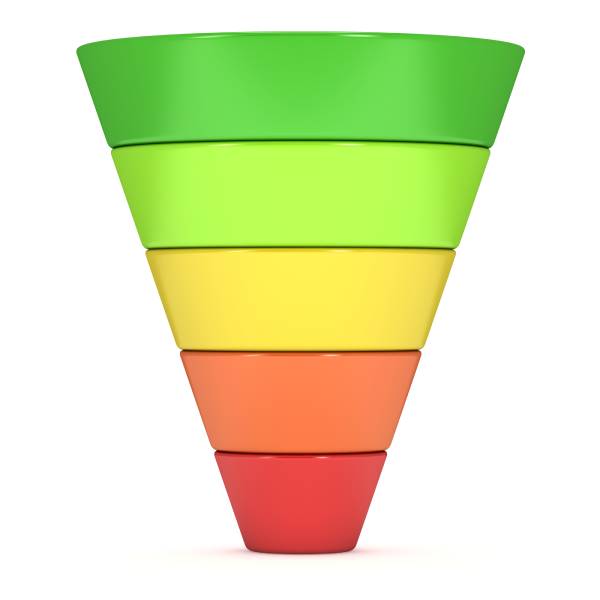If you’re like many UX professionals, you have access to user data but feel overwhelmed by surface-level metrics, unsure how to translate them into meaningful growth. The truth is, basic analytics only tell half the story. To uncover the complete picture, you need to move beyond what users do and understand why they do it by analyzing user behavior.
By using the right analytics tools to delve into user behavior, you can generate actionable insights that facilitate data-driven decision-making. This guide will provide a practical, step-by-step process to help you achieve this, with no technical expertise required.
First, Define Your Goals and Key Metrics
Before diving into the data, it’s crucial to define what success looks like for your unique business goals. Defining your research goals enables you to concentrate on the data that truly impacts your outcomes.
Many teams fall into the trap of tracking vanity metrics, such as total sign-ups or page views, which don’t correlate with real business growth.
- For instance, a vague goal like “increase user engagement” offers no clear path, whereas a specific objective like “improve the activation rate by 20%” provides a measurable target.
If you’re unsure how to set actionable goals, employing frameworks like SMART or OKRs can provide the necessary structure.
Once your goal is set, you can select metrics that directly measure progress toward it. Your North Star Metric (NSM) is the single key indicator that captures the core value your product delivers to users.
- For example, if your goal is to enhance user success, the activation rate might serve as your NSM.
This approach helps you sidestep the trap of vanity metrics because it forces focus on what truly drives user satisfaction and business outcomes. You can then incorporate supporting metrics, such as conversion rates or feature adoption rates, to gain deeper insights into user behavior.
With your goals defined and key metrics selected, you’re now prepared to choose the appropriate analysis methods to answer your business questions.

Select the Right Analysis Type to Uncover Insights
To uncover actionable insights with your analytics tools, you should apply three core analysis types:
- Funnel analysis
- Path analysis
- Retention analysis
First, funnel analysis tracks and visualizes the user journey from discovery to a conversion event, mapping out each step users take. This method enables you to pinpoint friction points and bottlenecks that cause funnel drop-off.
Path analysis is more detailed because it provides insights into all user actions leading up to or following a key event, not just the ones you assumed. For example, by analyzing the behavior of power users, you can identify the most optimal path to user activation. Once you have this information, you can design your onboarding flow to replicate that happy path for new users.
Next, retention and engagement analysis measures how frequently users return to your product or interact with key features over time. High retention rates indicate that users find value in your product, fostering ongoing engagement. Conversely, low retention often highlights issues that lead to user churn. Therefore, this analysis is crucial for understanding and preventing user churn.
By using this analysis toolkit, you can identify pathways that lead to retention and design interventions to reduce churn. With these insights in hand, the next step is to translate those findings into actionable improvements.
Turn User Behavior Insights Into Actionable Improvements
Data without action is just noise. By turning insights from your analytics tools into testable, actionable insights, you empower data-driven decision-making and move beyond guesswork.
- A/B testing provides a systematic approach for comparing product versions to see which offers a better user experience.
- The UX optimization process starts by analyzing customer behavior to find friction points, like difficult navigation or unclear calls to action.
Addressing these issues through experiments helps with streamlining the customer journey and leads to an improved user experience.
- For example, if funnel analysis shows high drop-off on a sign-up page, you can A/B test a simpler form to improve conversion rates.
- Similarly, if retention analysis reveals users of a certain feature have higher retention, you can create an in-app guide to promote its use.
Finally, use these insights to modify your product and repeat the process, fostering a cycle of continuous improvement.
Also Read : A Practical Introduction to A/B and MVT CRO Fundamentals
A Practical Framework for Continuous Growth
By now, you should agree that implementing this framework for user behavior analysis transforms your decision-making from guesswork to data-driven decision-making. This strategic approach:
- Leads to an improved user experience.
- Drives sustainable business growth by providing deep insights into user needs.
However, it’s important to recognize that general web analytics tools often show what happened without explaining why, leaving gaps in understanding. For true clarity, dedicated product analytics tools are essential, as they track individual user journeys and offer the context needed for actionable insights.
Ultimately, embracing user behavior analysis means working smarter to deliver what your users genuinely want, ensuring long-term success.






